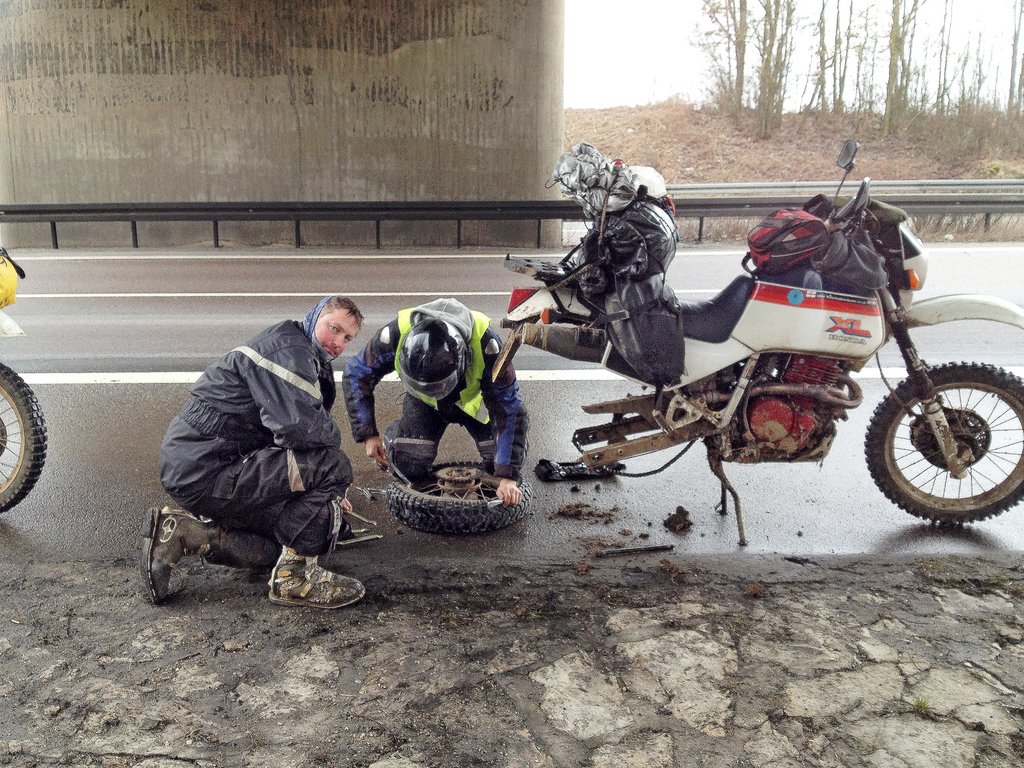I'm no expert on this stuff and some of the questions you've asked are ones that I'd like to know the answers to myself. I've listened to what various experts have said at e.g. seminars, lectures etc though and boiled down it seems to be mixed messages. It's the old ask ten experts and get fifteen opinions joke.
What I will chuck into the mix is my experience with punctures. Most of my bikes have - and have had in the past - spoked wheels. So tyres with tubes in them. And as far back as I can remember I've been getting punctures. The picture below was taken in 1971 (!) and we've just spent the night under a motorway bridge in Belgium because I got a puncture. That's me in the background trying to sort it out the next morning.

That incident taught me a lesson because the (rear, fortunately) tyre went suddenly with a loud bang just as we were pulling in from overtaking a truck and we were lucky not to find ourselves scattered all over the carriageway. The lesson - don't mess with your tyres / tubes. That's why I read what's been said about sealing spokes with bathroom sealant or rubber bands or whatever other methods people have tried but, until the technology 'matures' anyway, it won't be for me. My faith is in what I admit is a sub optimal technology (tyres with tubes) but keeping it all in as good a condition and as close to what the original designers intended as I can. If the wheel is designed to take a tubeless tyre (as a couple of my bikes are) then, fine, I'll embrace that, but I'm not picking and mixing - and that includes putting a tube in a tubeless set up. I've asked several experts - tyre company technicians - over the years about using tubes when the tyre is intended for tubeless use and received different opinions. Some say don't do it - the structural ridges inside tubeless tyres abrade the tubes and can lead to a blow out, whereas others have said no problem. So what am I supposed to think if even the experts disagree.
One thing I will say about the traditional tyre + tube + spoked wheel approach is that fixing a puncture at the side of the road isn't as easy as it's made out to be if your tyre is much bigger than, say, a 120 section. I'm sure one or two people here will disagree (Grant ... ) and I've been privileged to watch somebody here do it for real in about 30 mins under an autobahn bridge in the rain in the middle of winter (picture if i can find it (below)) but they belong more in superhero movies than the real world. If you happen to have an unfortunate combination of awkward rim and wide ultra stiff tyre (Excel rim and Michelin Desert comes to mind) you can pretty much forget fixing a flat without help. Even with simpler combinations it's not enough to have studied the process or done it once or twice in your garage. It's a craft skill and needs repetition to keep your abilities sharp. So either get loads of punctures or get none. Now and again is the worst of all worlds.

|